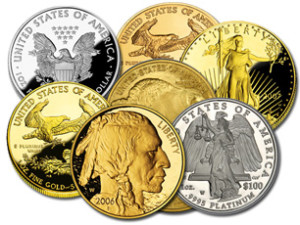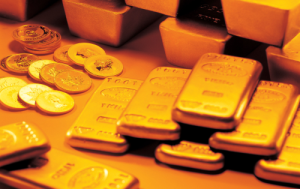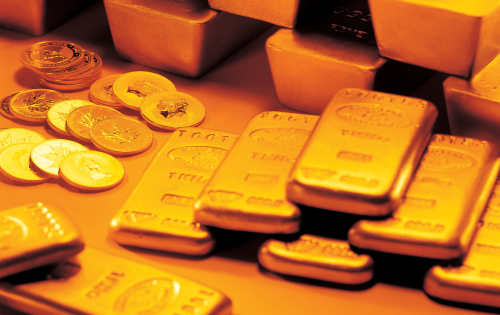There are four different rare-earth elements that are usually purchased as a financial investment: silver palladium, gold and platinum.
Silver is another sound investment but with a spot rate of about $16 to 18 an ounce, a wealthy investor would need to purchase several thousand pounds to achieve an objective of 20 % in his or her portfolio.
The price of keeping that much silver would take a huge amount of the financier’s retirement fund so while  silver is rather steady, it isn’t really practical. Palladium deserves significantly more than silver but its spot price changes extremely, and it routinely reduces by approximately $25 an ounce in a single day. Platinum is more uncommon than gold however it’s less steady that palladium and sometimes its spot price can drop below the cost of gold. For that reason, gold is the most useful of all the rare-earth elements to have a Gold IRA account. There are several advantages to opening a gold Individual Retirement Account and understanding them is important for any smart financier.
silver is rather steady, it isn’t really practical. Palladium deserves significantly more than silver but its spot price changes extremely, and it routinely reduces by approximately $25 an ounce in a single day. Platinum is more uncommon than gold however it’s less steady that palladium and sometimes its spot price can drop below the cost of gold. For that reason, gold is the most useful of all the rare-earth elements to have a Gold IRA account. There are several advantages to opening a gold Individual Retirement Account and understanding them is important for any smart financier.
Safe and Easy Tax Relief
 Congress passed the taxpayer relief act in 1997, enabling the inclusion of the four rare-earth elements into an IRA. A rare-earth elements IRA is no more than a self-direct Individual Retirement Account except the financial investment can include gold, silver platinum and palladium. Not all gold is permitted as a precious metals IRA financial investment so understanding what gold is permitted is important. Gold bullion and 24 Karat bars can be included into a rare-earth elements IRA. Nevertheless, these bars need to have an authentication trademark from one of the two authorities: the New York Mercantile Exchange (NYMEX) or the Commodity Exchange Incorporation (COMEX).
Congress passed the taxpayer relief act in 1997, enabling the inclusion of the four rare-earth elements into an IRA. A rare-earth elements IRA is no more than a self-direct Individual Retirement Account except the financial investment can include gold, silver platinum and palladium. Not all gold is permitted as a precious metals IRA financial investment so understanding what gold is permitted is important. Gold bullion and 24 Karat bars can be included into a rare-earth elements IRA. Nevertheless, these bars need to have an authentication trademark from one of the two authorities: the New York Mercantile Exchange (NYMEX) or the Commodity Exchange Incorporation (COMEX).
A Range of Options
The Internal Revenue Service also allows specific 24 and 22 Karat gold coins to be included into an  Individual Retirement Account. The American Eagle, Canadian Maple Leaf and the Australian Philharmonic are the gold coins most commonly included into a rare-earth elements IRA. The gold should also be stored in an Internal Revenue Service approved depository, and a storage cost will be charged. Likewise the gold IRA account, like all self-direct IRAs, need to have a custodian, such as a bank or brokerage firm. The custodian will also charge, a fee so it’s best to look around and compare prices and services.
Individual Retirement Account. The American Eagle, Canadian Maple Leaf and the Australian Philharmonic are the gold coins most commonly included into a rare-earth elements IRA. The gold should also be stored in an Internal Revenue Service approved depository, and a storage cost will be charged. Likewise the gold IRA account, like all self-direct IRAs, need to have a custodian, such as a bank or brokerage firm. The custodian will also charge, a fee so it’s best to look around and compare prices and services.




